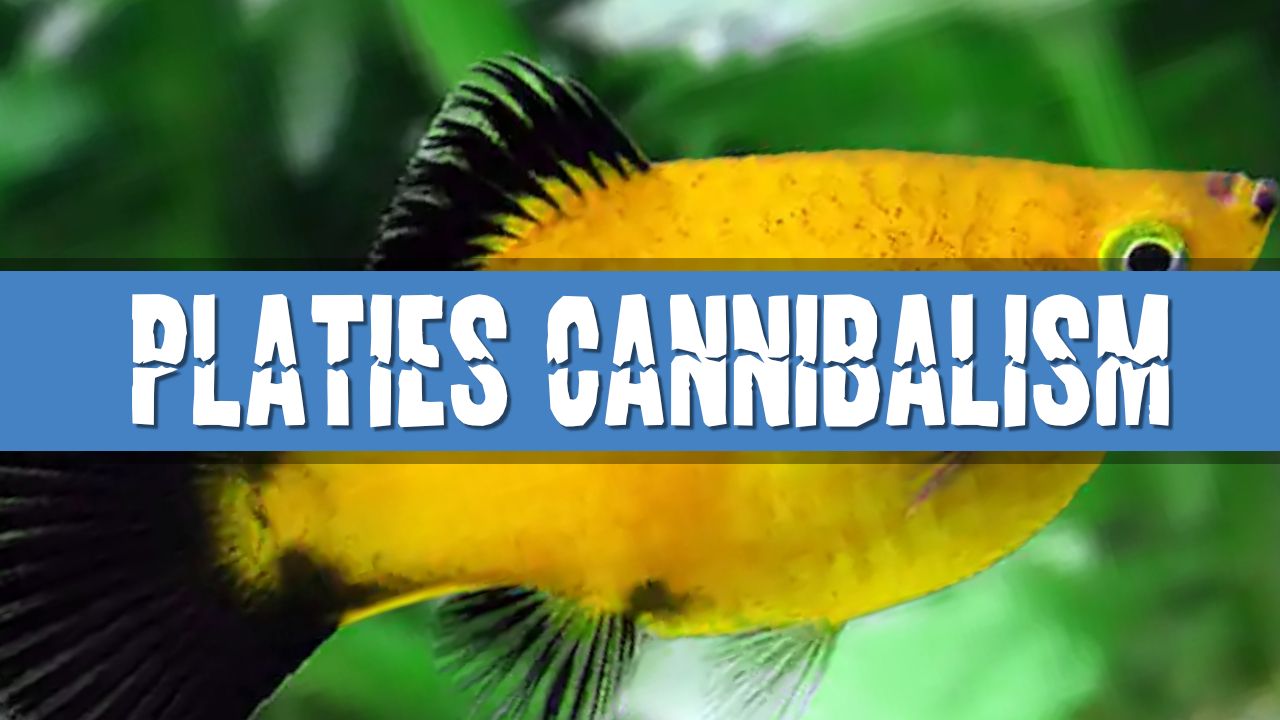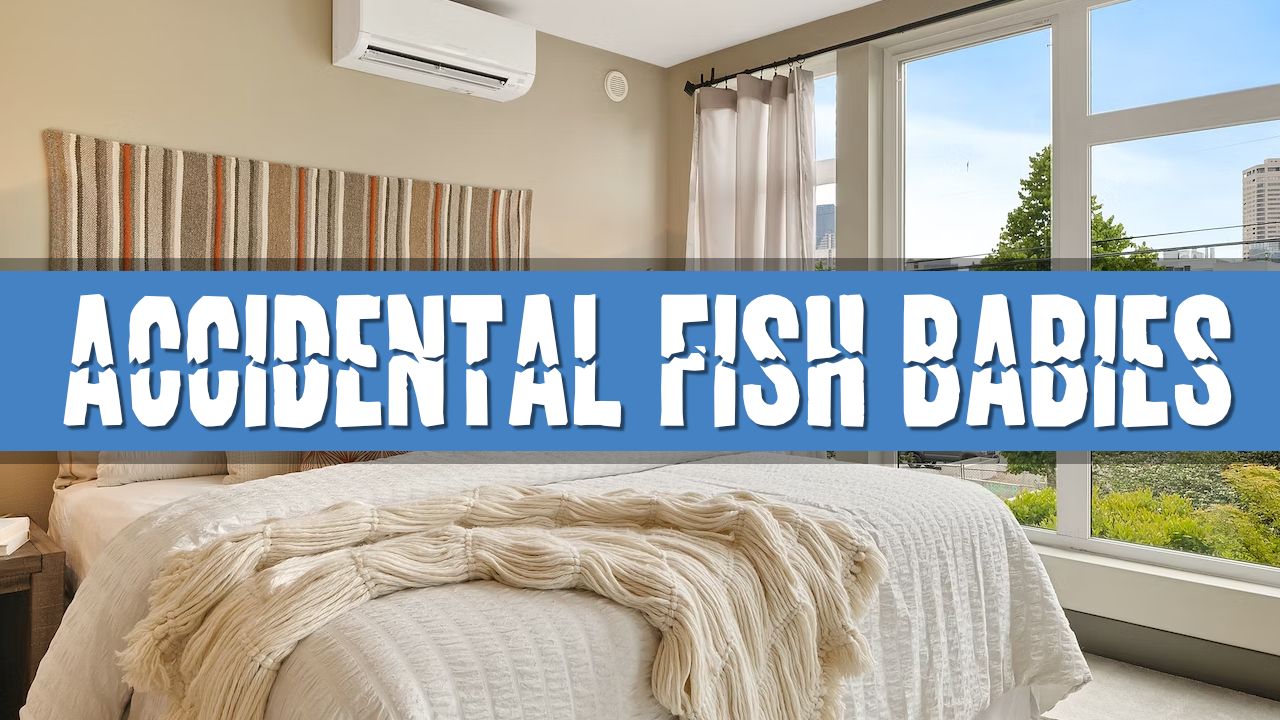Why Adult Fish Eat Their Young - Featuring Platies
While it's possible for platies to eat their own fry, there are steps you can take to increase the survival rate. Learn about the factors that influence this behavior and discover effective strategies for protecting the baby platies in the full article below.

Imagine you're nestled in your cosy armchair on a Sunday morning. You glance at your indoor aquarium, the bubbling filter and the plants swaying gently, creating a serene ambience. You notice your vibrant, playful platies swimming around, but wait! What’s that tiny thing darting among the plants? A baby fish? You’ve got baby platies! A delightful surprise, but soon, a concern dawns on you: Will the adult platies eat their offspring?
This is a common query for aquarists and today, I will delve deep into it.
At a Glance
| Section | Key Details |
|---|---|
| Nature of Platies | - Omnivores |
| - Opportunistic feeders | |
| Aquarium Setup | - Hiding spots |
| - Floating plants | |
| Protective Measures | - Separation |
| - Use of breeding boxes or nets | |
| Alternative Foods | - Bloodworms |
| - Brine shrimp | |
| Conclusion | - Importance of a safe environment |
Nature of Platies
- Omnivores
- Opportunistic feeders
Omnivores
Platies, in their natural habitat, consume both plants and small organisms. Their diverse diet makes them omnivores. This means they don’t strictly eat plants or meat; they'll consume what's available (even their own fry).
Opportunistic feeders
A striking characteristic of platies is their nature as opportunistic feeders. If they come across potential food, even if they're not particularly hungry, there's a chance they might try to eat it. Baby fish, especially the freshly hatched ones, can be seen as an easy meal for them.
Aquarium Setup
- Hiding spots
- Floating plants
Hiding spots

One of the most effective ways to ensure the safety of baby platies is by setting up your indoor aquarium with ample hiding spots. This could be in the form of caves, dense plants, or specific decor designed to provide shelter. These spots ensure that the fry has places to escape if threatened by adult fish.
Floating plants

Incorporating floating plants in your aquarium can be a lifesaver for the fry. These plants not only offer hiding spots but also mimic their natural habitat, making the fry feel safer. Some recommended plants include the Water Lettuce and the Duckweed.
Protective Measures
- Separation
- Use of breeding boxes or nets
Separation

If you notice a platy is pregnant or has recently given birth, consider separating her and the fry from the rest of the tank. This ensures that the fry can grow without the constant threat of being eaten. Once they're of a decent size and can fend for themselves, they can be introduced back to the main tank.
Use of breeding boxes or nets

Breeding boxes or nets are excellent tools for those who don’t have a separate tank but want to keep the fry safe. These boxes float within the main tank, allowing the fry to remain in the same water conditions, but they're shielded from potential threats.

Alternative Foods
- Bloodworms
- Brine shrimp
Bloodworms

To divert the attention of adult platies from their offspring, introduce them to bloodworms. These are a delightful treat for platies and can keep them satiated, reducing their inclination to see their fry as food.
Brine shrimp

Another great alternative food source for platies is brine shrimp. Not only are they nutritious, but they also offer a distraction for adult platies, ensuring they’re less likely to go after the fry.
Let's Sum things up!
Your indoor aquarium can be a haven for your platies and their offspring with a bit of careful planning and understanding. Platies are opportunistic feeders, and there is a chance they might eat their fry.
However, with the right aquarium setup, offering ample hiding spots, and introducing alternative food sources, you can ensure that your baby Platies grow up safe and sound.
Remember, it's essential to create a safe environment where both the adult platies and their fry can co-exist. With the right knowledge and precautions, you can enjoy the mesmerizing sight of baby fish growing up in your tank!


